
Written by Tilly Kimble-Wilde, Farm Carbon and Soil Advisor
Richard Anthony, of R & L Anthony near Bridgend, was awarded Second Place in the 2023 Soil Farmer of the Year competition. He was commended on how he responded to and managed challenges, never veering from thinking holistically, always upholding soil health as a priority, and treating each challenge as something from which to learn.
A majority arable business, Richard farms a 6-year rotation of wheat, maize, oilseed rape and westerwolds intermixed with a diverse array of cover and companion crops which he is passionate about. “The emphasis on farm is the soil, improving the soil and organic matter, and keeping a crop in the ground; keeping the soil biology alive.”
Richard and the team also strive to promote and create habitats for wildlife: planting wild bird seed mixes, establishing wildlife corridors, and bordering all hedgerows with a 3m margin to encourage growth year on year. 2m flower margins have also been implemented around all fields of oilseed rape which has been, to quote, “absolutely fantastic.” Encouraging insects and bees and getting the public on side too.
The farm walk itself took place on 23rd November 2023 and kicked off with a presentation taking us through the past year and outlining the various activities and obstacles the farm faced. We were then treated to a fantastic farm walk whereby Richard gave our group of visiting farmers, agronomists, and advisors a tour of some of what they get up to across their extensive arable and forage business.
A big part of what Richard and his team are trying to achieve across the farming business is to use very little bagged fertiliser. Most of the nutrients applied to the soil come from digestate, conveniently stored in the farm’s digestate lagoon. Tankers come in and fill alligator bags for easy transport and the digestate is spread on wheat, oilseed rape and maize.
So far, Richard has managed to eradicate artificial fertiliser when growing maize and OSR; however, wheat still receives a small amount of early application. This wouldn’t have been possible without the construction of the digestate lagoon, a project which was undertaken at the beginning of last year. Still, as Richard says, there is room for improvement. The farm is looking to reduce its N inputs even further by trialling an N inhibitor, all to build more resilience into the system.
This mindset has been applied to fungicides. To use less, Richard has changed the sprayer to accommodate the wet and windy weather brought in from the coast. Now at 250cm spacing, the booms can run very low resulting in no drift even if it’s windy. This enables more spray days and a better chance at getting the timeliness right.
As with most farms across the UK, the weather has been the biggest challenge with dry weather in May and June, and then rain as soon as harvest began.
Luckily, Richard had installed a biomass boiler 6-7 years ago for grain drying after a very wet harvest having heard about them in Scotland. It has been a game changer. Their 1-megawatt biomass boiler provides a lot more spare heat than previous methods of grain drying where they used up to 1.2 megawatts of gas on one drying floor. In the old system, if they were on 25% moisture, it took 10 days to dry one side. With the biomass boiler on woodchip, they can dry 2 drying bays, double the output, and never have to run the boiler flat out. With the right combine (Richard uses a MacDon belt header), the corn is cut as soon as it gets to 25% and achieves good output, as Richard emphasises “do not wait”.
Planting OSR in August was a struggle, with some fields too wet to put a tine in and any cultivation out of the question. Instead, Richard planted the wet parts of the field by snipping the OSR with a sprinter drill and planting the dry parts with a farm standard drill and a top down.
To better manage the unpredictable weather, Richard has a selection of drills that he’s held onto rather than sell. The farm will run 2, sometimes 3 drills if they can, capitalising on days when they have the right weather. This was especially helpful during autumn when the farm received 295mm of rain in October alone.
The farm also spends a lot of time on drainage. Ditches are cleaned, dug out, drains put in; all with the aim of evening out patches in fields and making the farm more resilient. As Richard says, it’s great getting 16t/ha on wheat in a bit of field but if you’re only getting 3t/ha in another part because it’s too wet there is space to do better.
Still, the most used bit of kit on the farm is a spade. By continually monitoring and assessing soil structure, Richard can make a well-informed decision when determining how to establish the next crop.
Farm Walk
During the farm walk, we were shown multiple cover crop and companion crop trials that were taking place on the farm. Steve Corbett from Agrii has worked with Richard for many years, trialling different varieties and combinations, highlighting the importance in being selective. You need good establishment, and it must earn its keep.
What they have found is that OSR, a “lazy rooting brassica”, completely lends itself to companion cropping, in this case with beans, spring vetch and buckwheat. Beans help to get the roots down as well as provide free nitrogen through nodulation. Spring vetch as opposed to winter vetch grows quickly providing biomass and N fixation. Buckwheat adds to the canopy, slowing down flea beetle, making it more difficult for pigeons to land, as well as mining phosphates. When the companion crops die, all the fixed nitrogen and phosphates will be released back into the soil ready for the next crop.
Richard deliberately plants OSR at low seed rates to encourage big branchy plants in spring which will grow away, allowing light through the canopy. By choosing thicker and well-branched OSR types, flea beetle is more contained, damaging only the outer leaves, leaving the middle to branch out. In Richard’s experience it provides a plant that will survive despite a pest living within it.
In terms of cultivation, Richard is a big fan of direct drilling. When direct drilling wheat, he believes it is important to see what is happening underground: what is the root depth? Taking stock of root depth and maintaining that attention to detail during crop growth is essential to determine the next steps in terms of cultivation. At Sealands farm, root depth is critical to survive the winds, Richard has found through monitoring that cultivation disrupts root growth, and that direct drilling fits his system best.
Ultimately, Richard has tried a lot which didn’t work out, but he’s kept at it. One outcome which has surprised him the most was the success of forage rye which he believes is underestimated. In the field, Richard showed us the root mass it was building and the excellent soil structure it yielded. This has provided Richard with an extra income stream, either taken for silage or grazed (ensuring to move stock on in wet conditions to avoid undoing all the good work he’s built up!).
Looking to improve the soil structure even further, Richard planted the forage rye together with westerwolds. He found that they were able to harvest the westerwolds a fortnight earlier due to the ability of the forage rye to get away in the spring creating its own microclimate which Richard believes benefitted the westerwolds.
Finally, we heard about Richard’s problem with persistent perennial ryegrass. In this instance, he introduced an annual ryegrass to outcompete the perennial. “Putting in a bully to outcompete a bully”. It worked and Richard is now able to include it within the arable rotation without generating a loss. This allows a rest period within the rotation to build fertility, stabilise soil structure and generate a bit of extra cash from silage or grazing. Essentially, Richard is maintaining the balance of farming resiliently: optimising soil health and crop yields while sustaining a viable business.
As we’ve all come to realise, we can’t rely on the weather, however, prioritising soil health as perfectly exemplified by Richard, can better equip us to respond and adapt. When we get to know our soils, monitoring how they behave in certain conditions and how they respond to our actions, we are better prepared and forearmed to make decisions that will affect future harvests and pocket.
Through trials and problem solving, Richard together with Steve have implemented more diversity and reduced inputs without damaging profits. A big resistance to straying from our well-known and “safe” rotations is often down to “how will it pay for itself”. Richard and Steve have shown that they’re not radical in their rationale for cover and companion crops, the bottom line is it has to pay. The most exciting take home from the day is they didn’t give up: they’ve found the right species to incorporate, the soil health on farm is improving and crop yields are directly benefiting. It was a truly inspiring day and a masterclass in perseverance. Richard hasn’t made it look easy by any stretch but as he puts it “we’re just learning all the time.”
You can read the full report here.




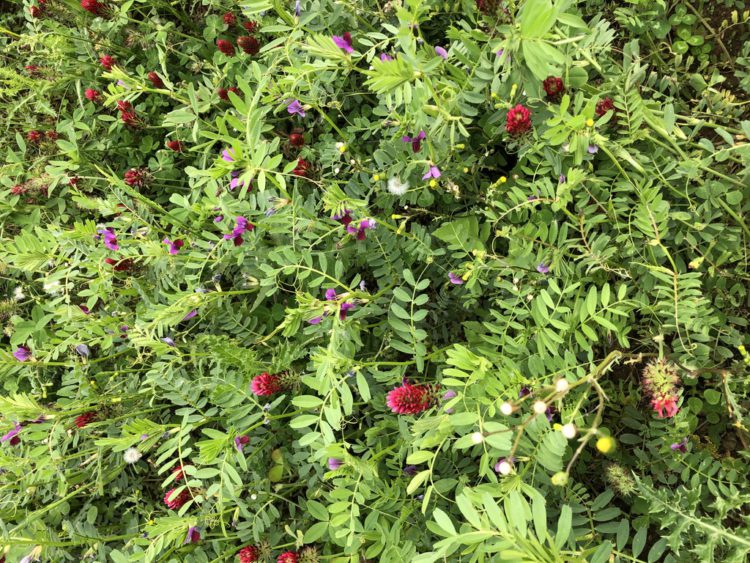
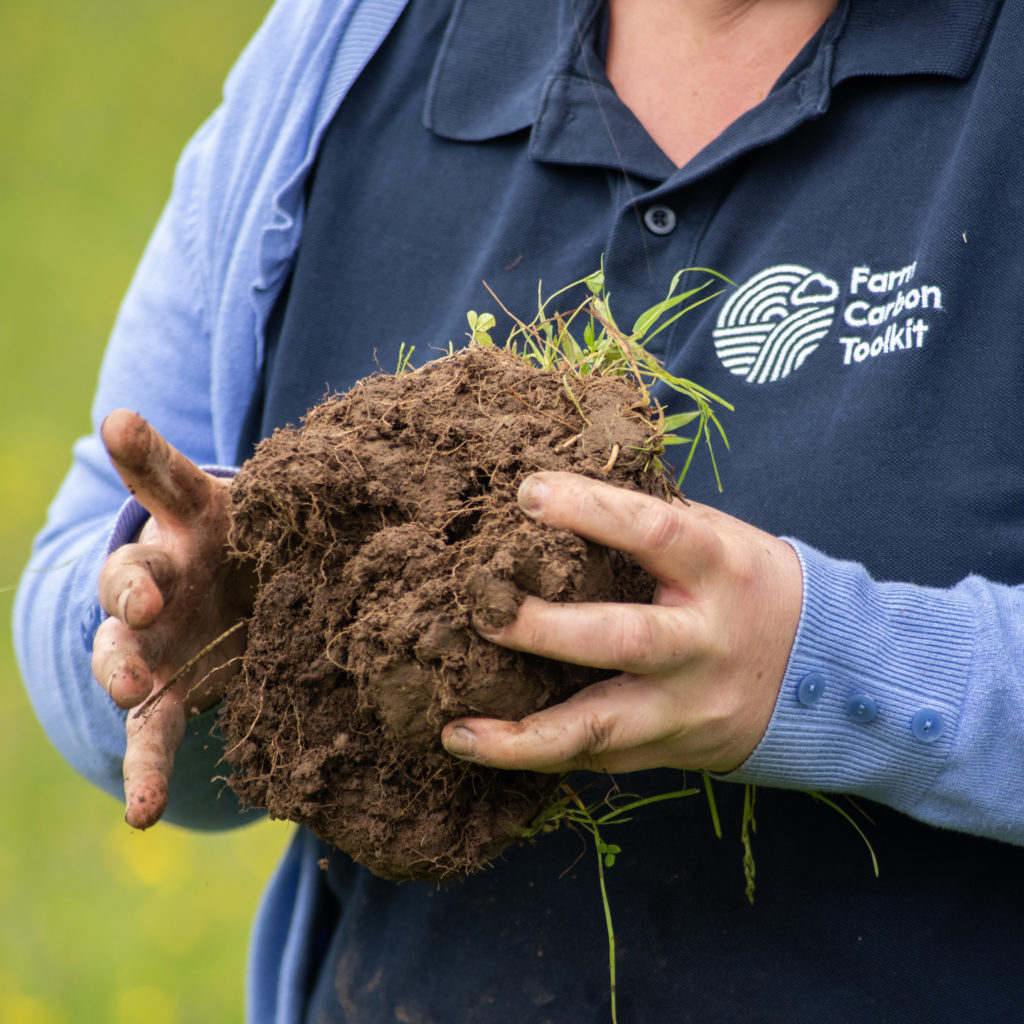

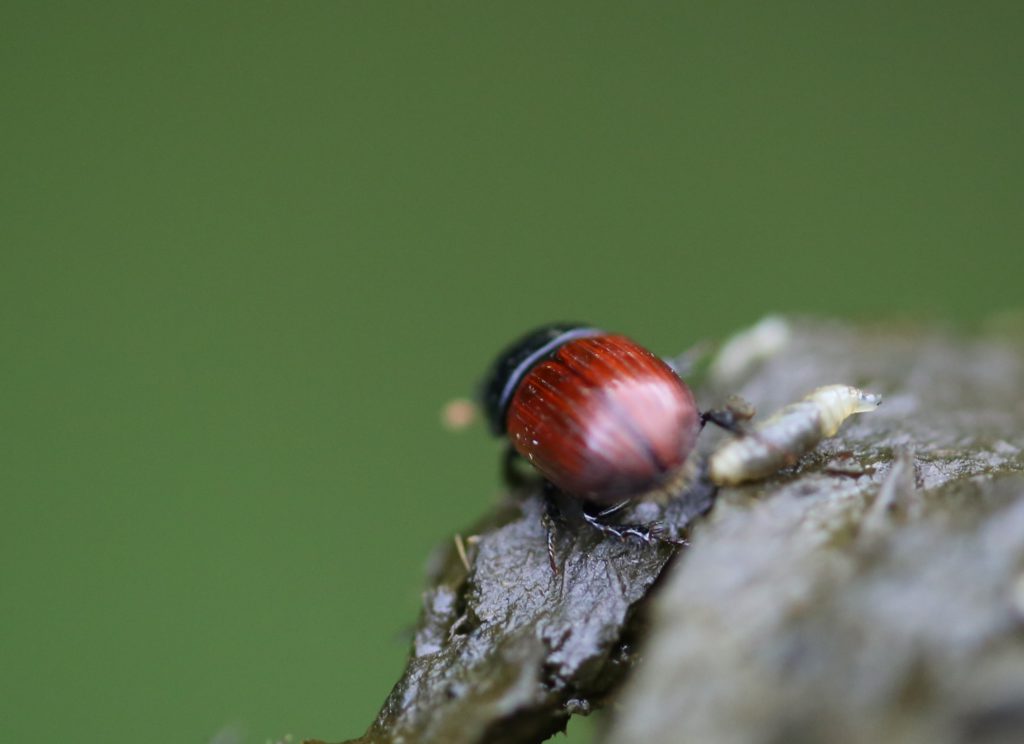
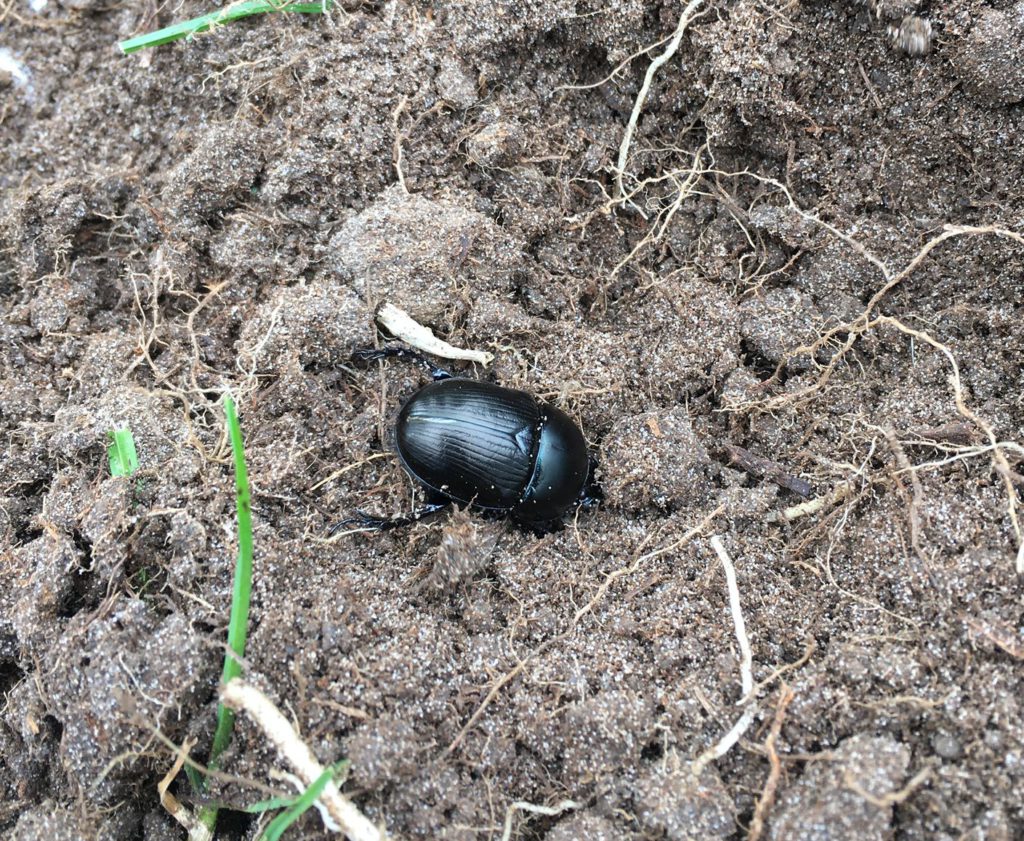

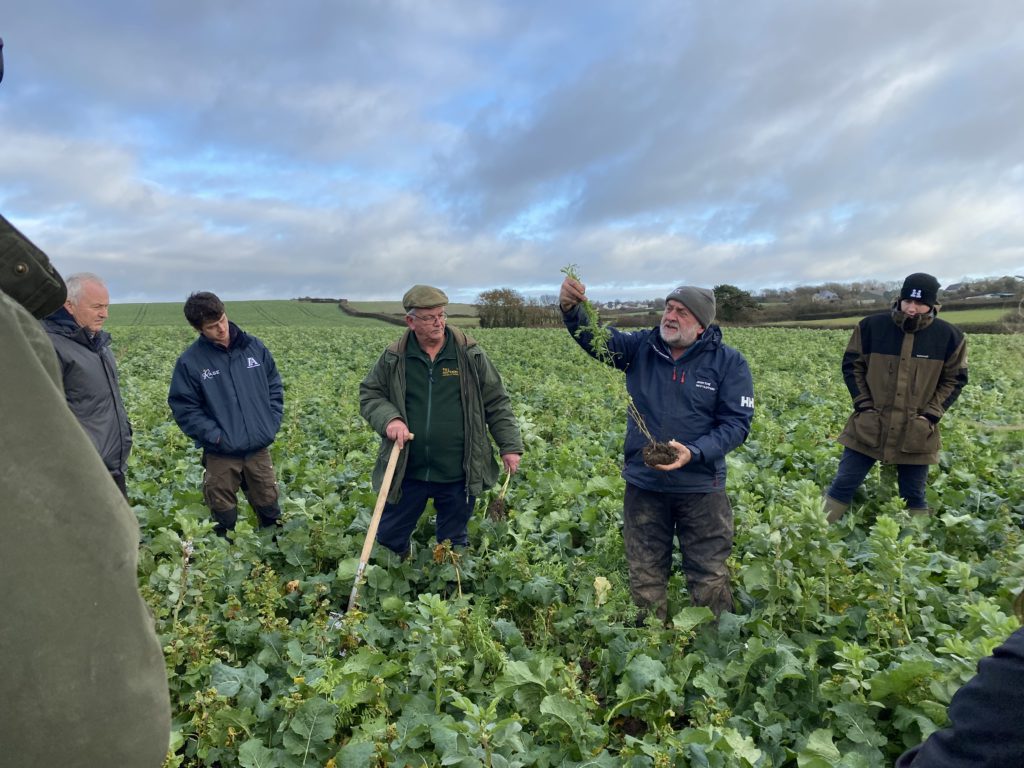
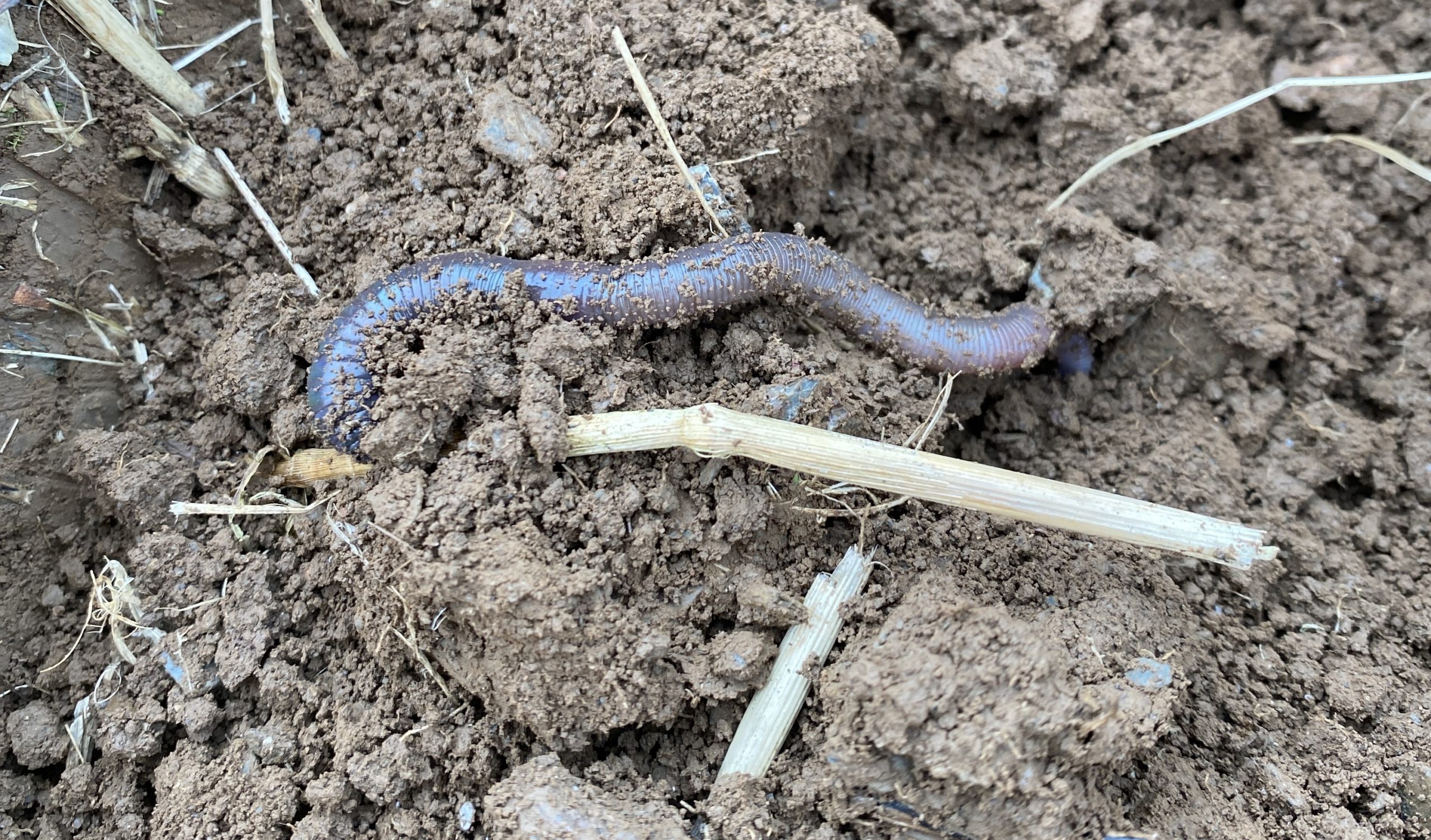
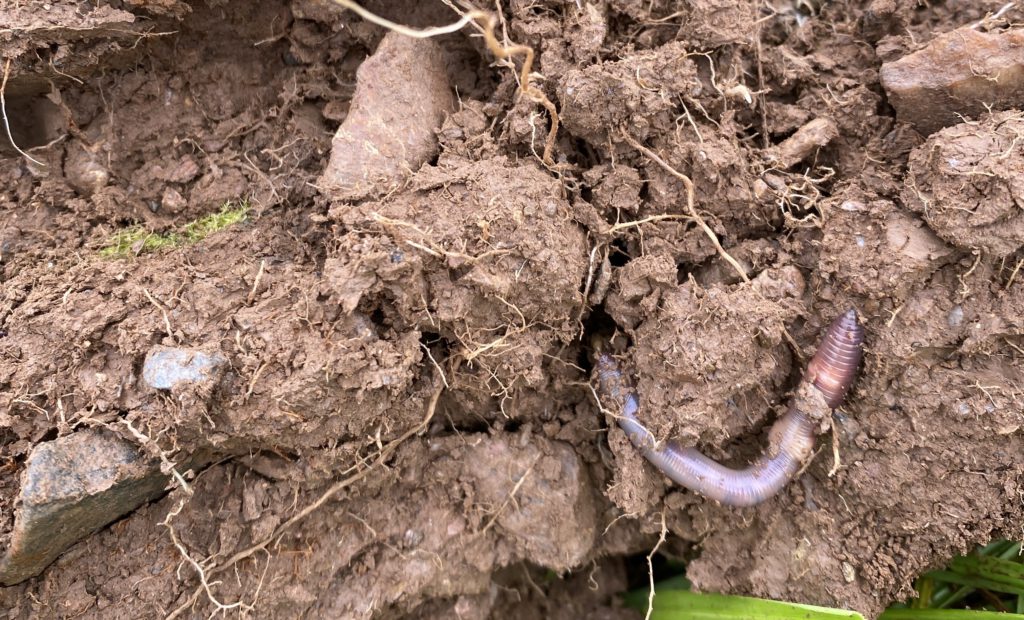
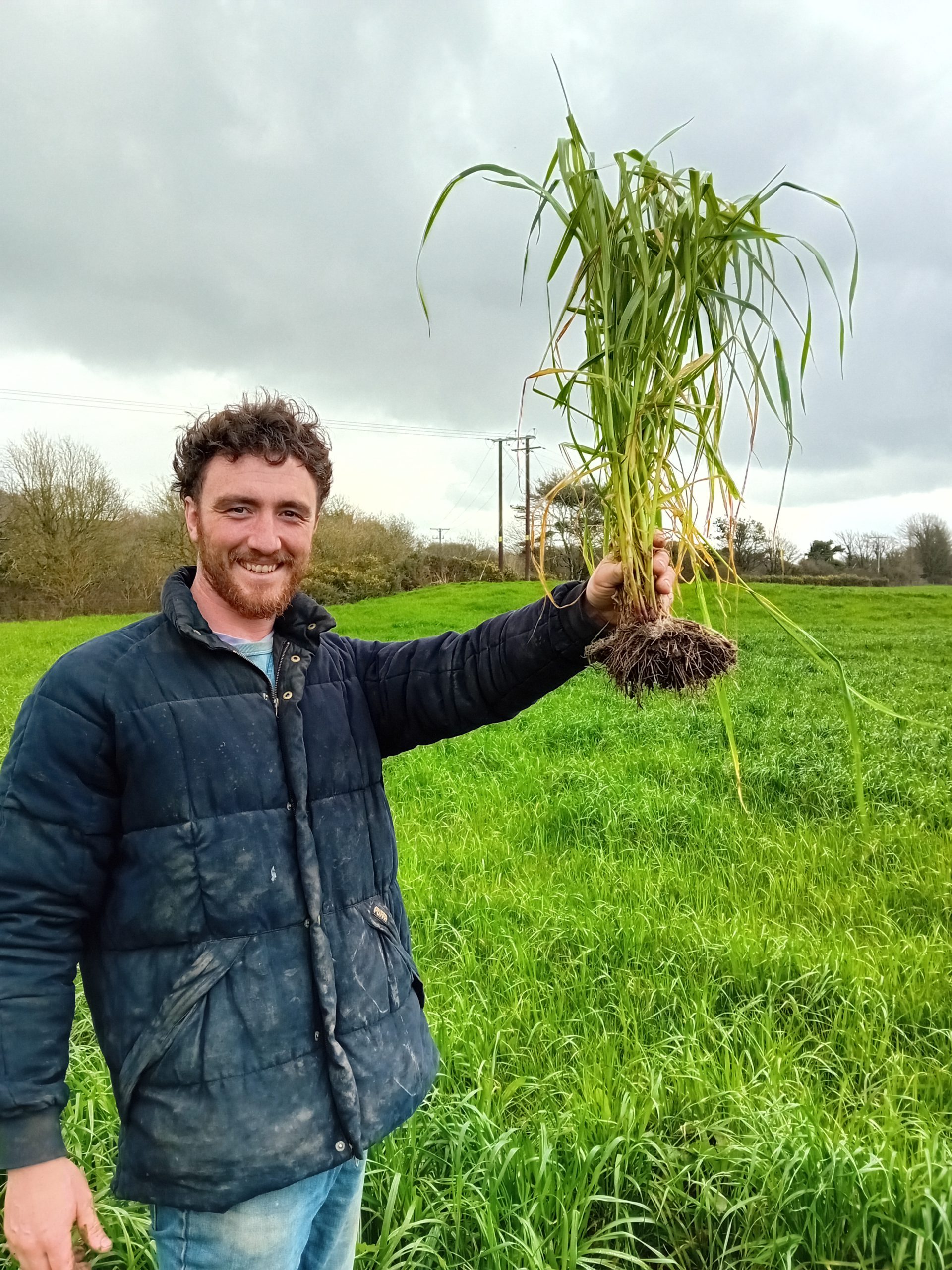

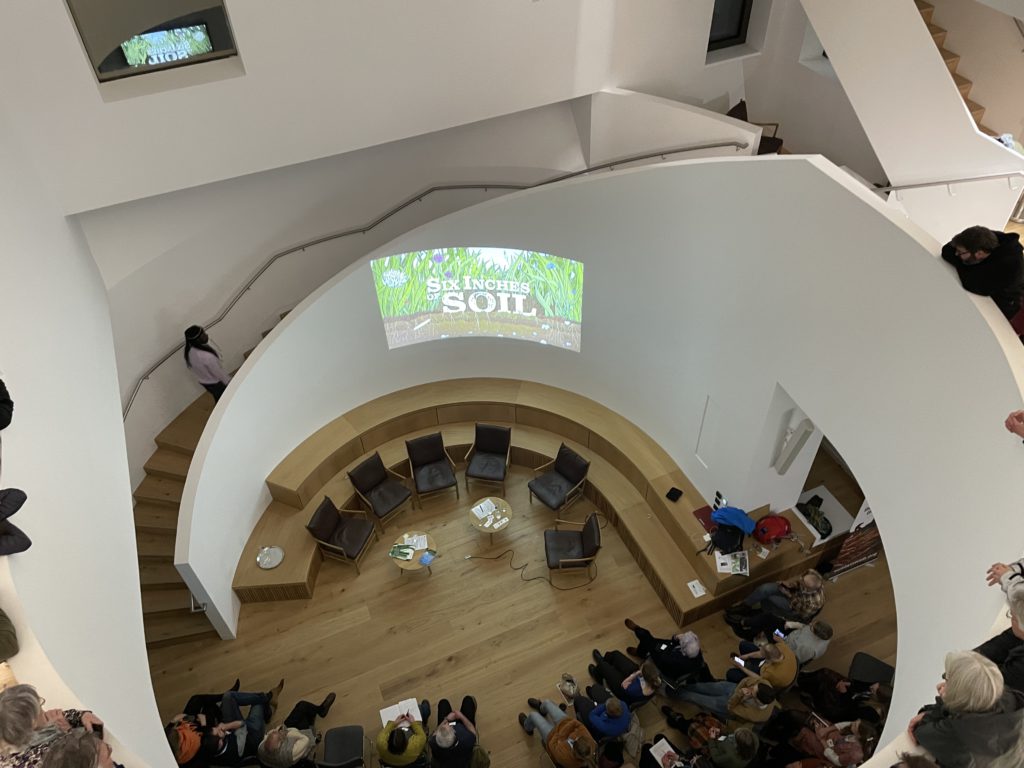
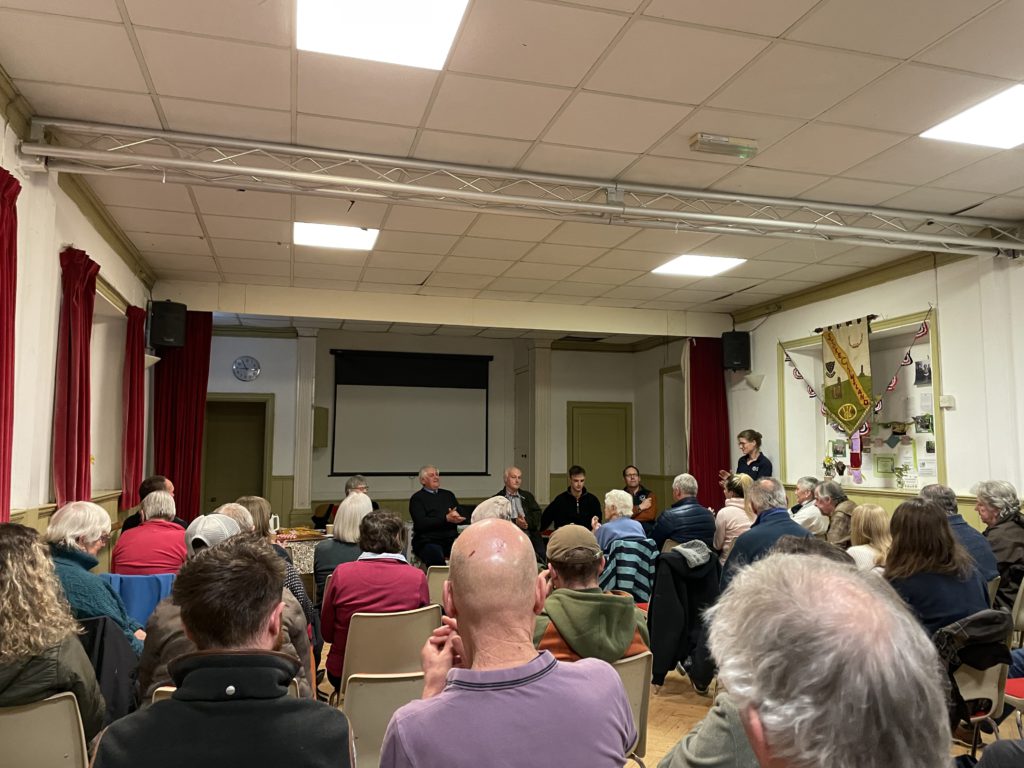
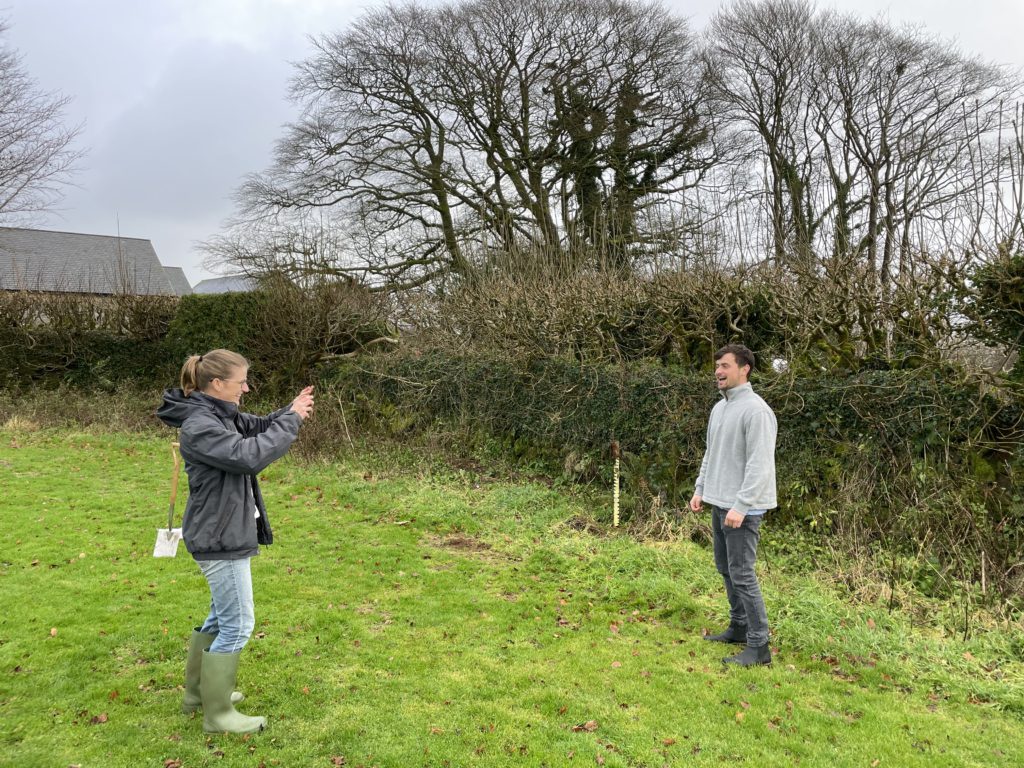
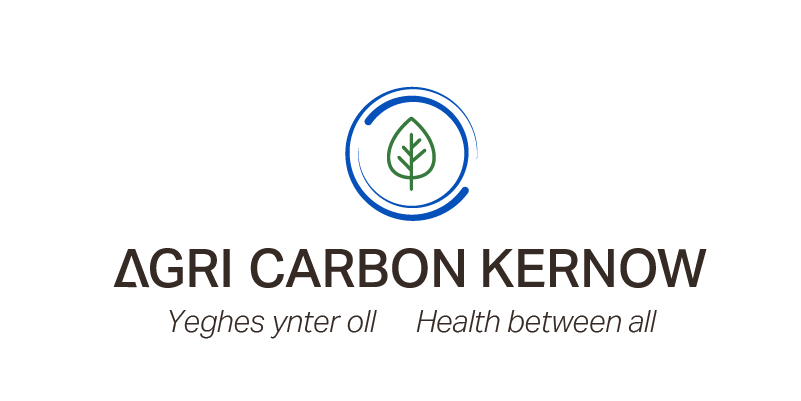
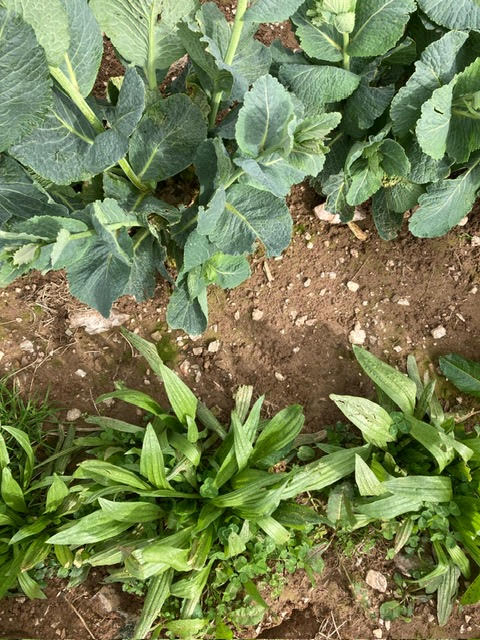
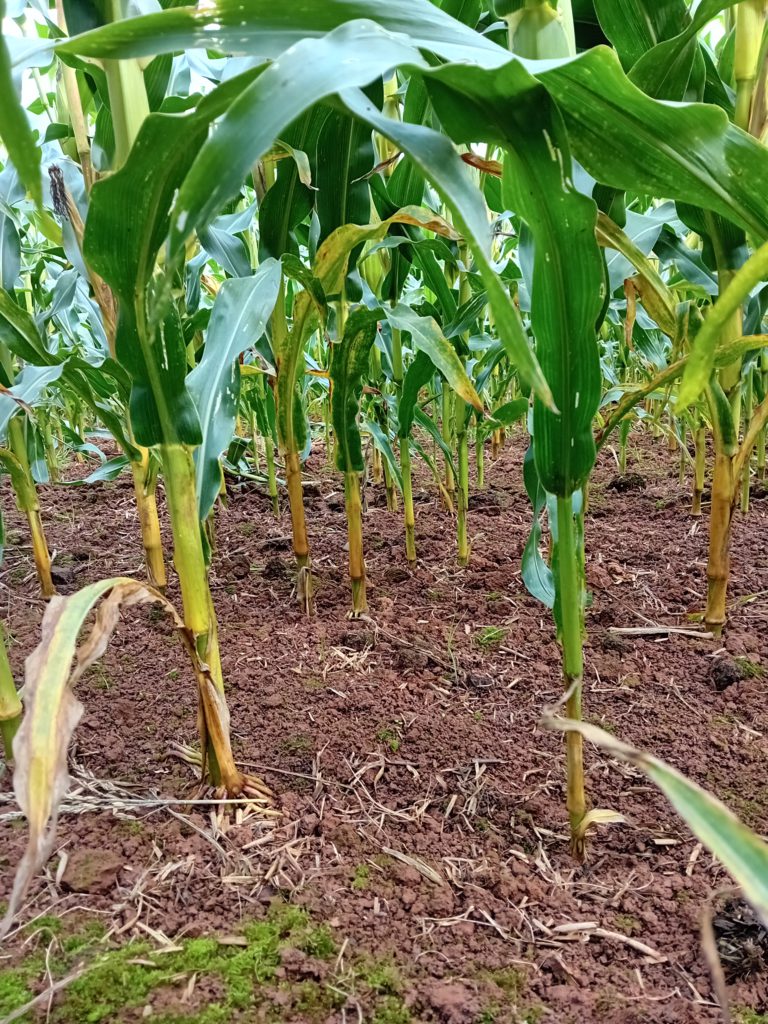


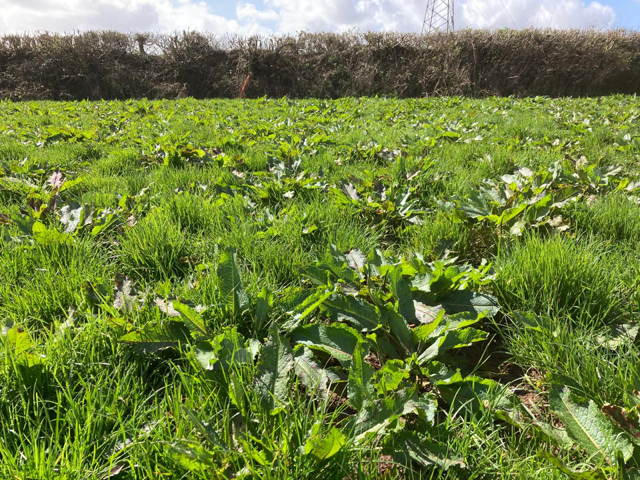

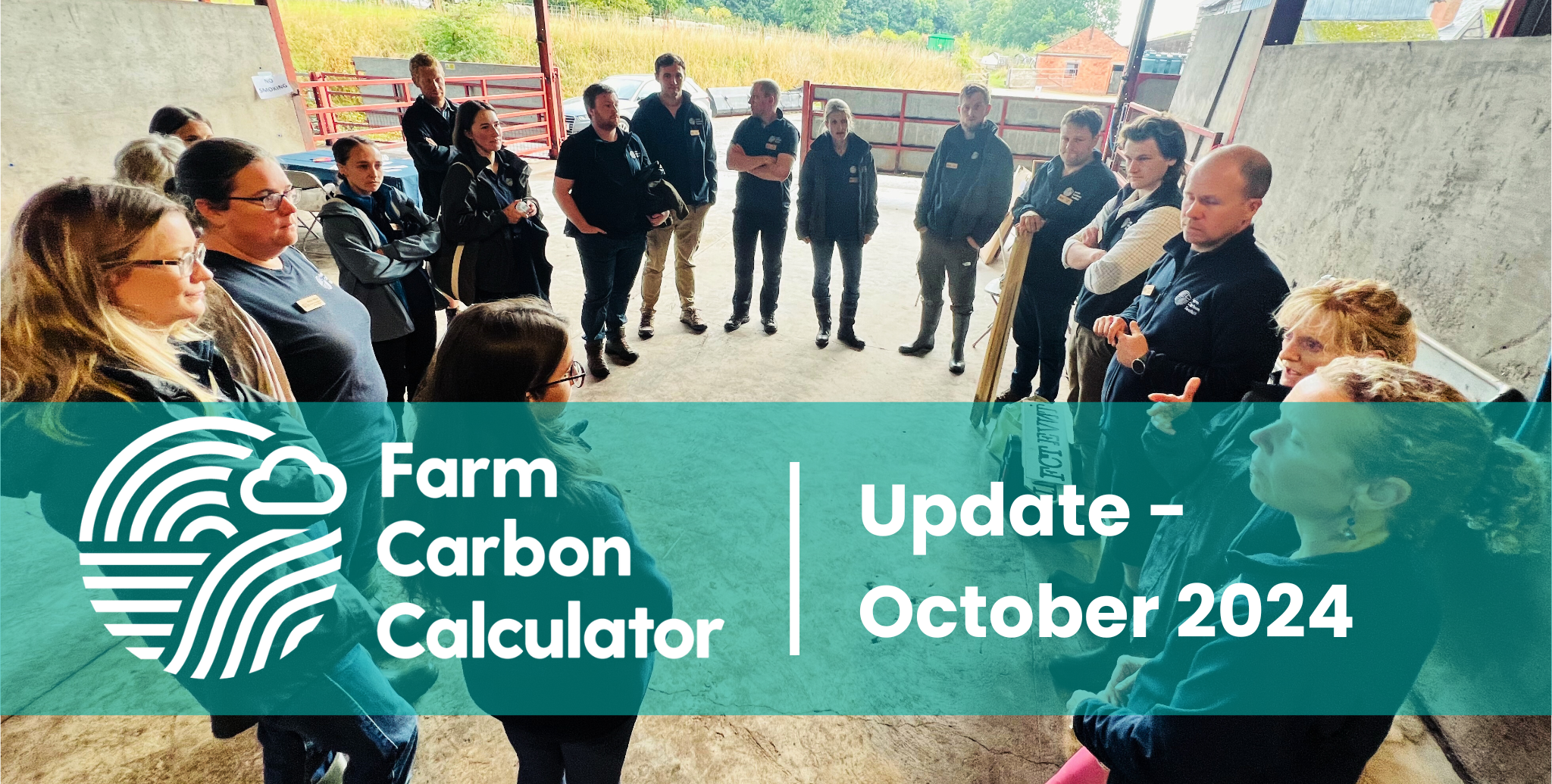
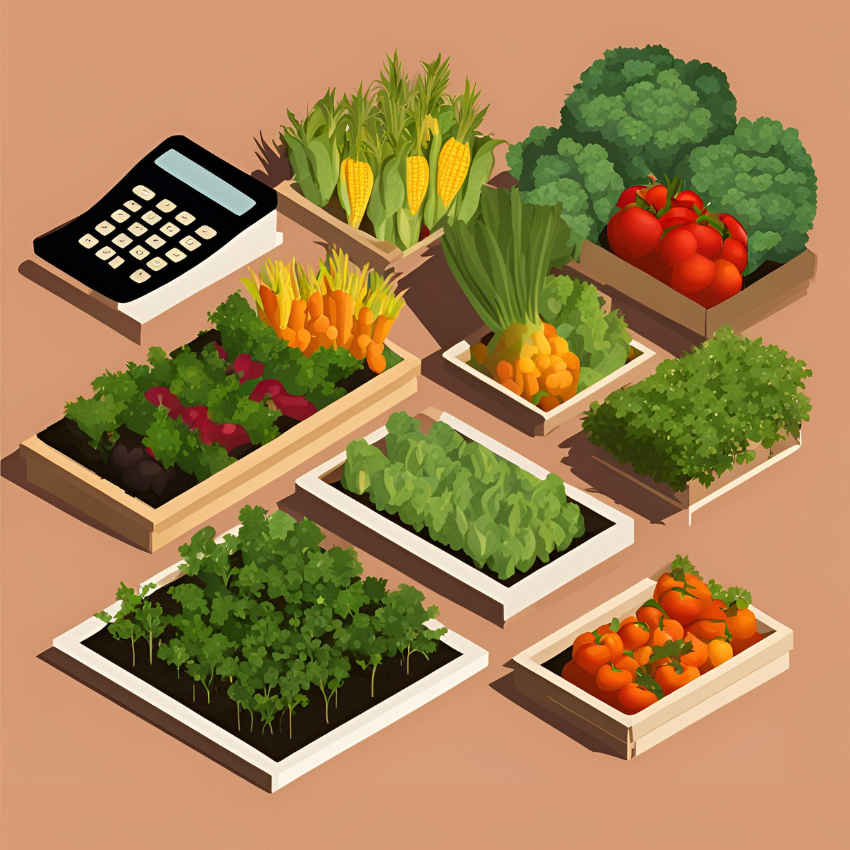
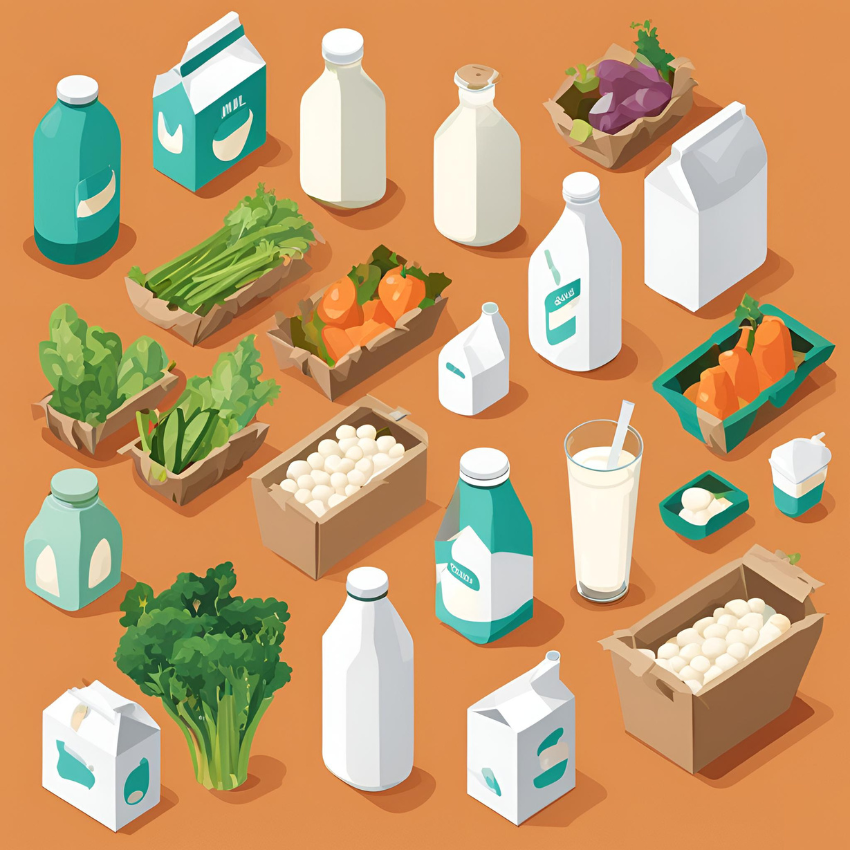


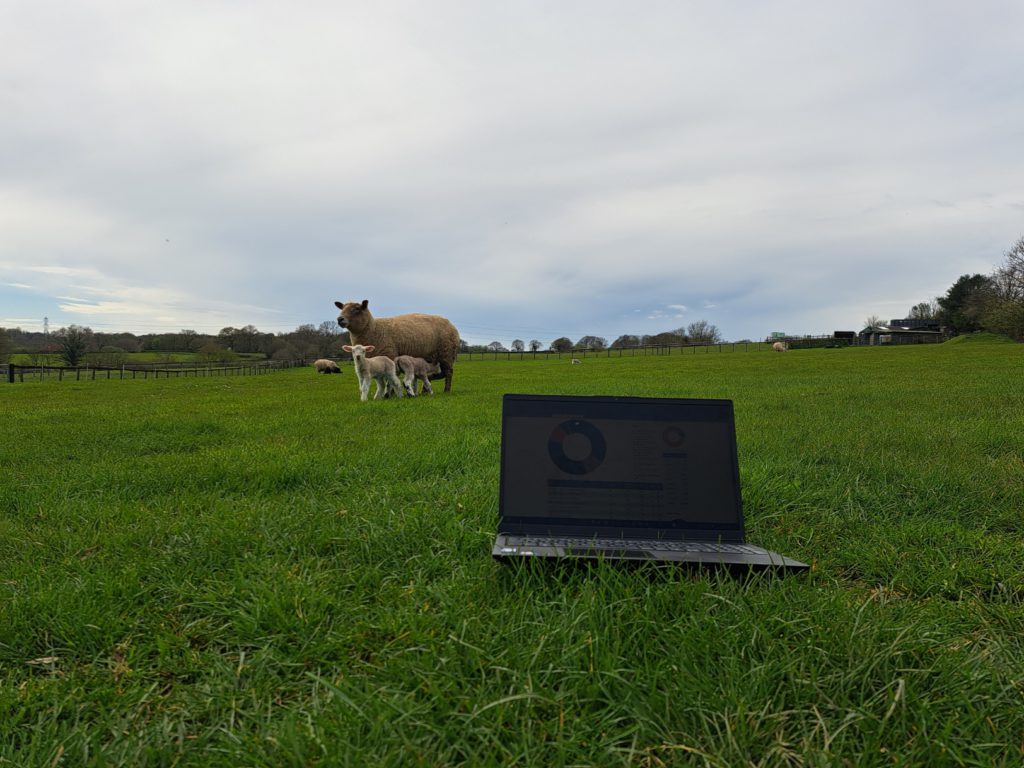

Recent Comments